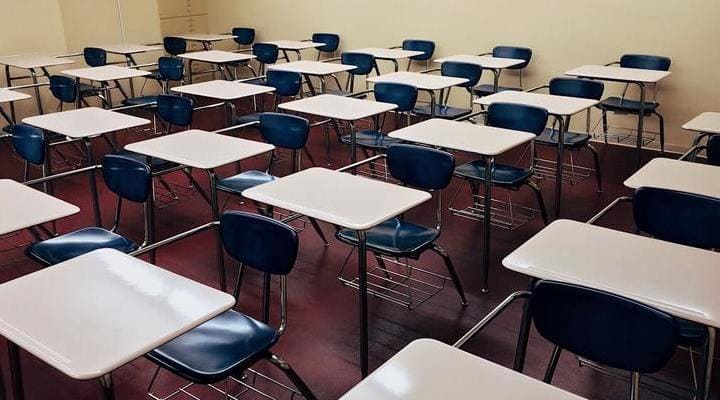Over 1 billion students have been out of school due to the COVID crisis. Recently 70 countries have announced plans to reopen their schools. Most countries decision to reopen was made by national or state government by weighing up the risks and benefits of both public health and education, amongst other factors.
Going back to school may be different than before, and will differ from school to school. In some countries, students may go back to school online for the moment. There is always the possibility that students that can physically return to school may need to revert to online schooling should there be a significant outbreak in the area.
School closures have had an immeasurable impact on the lives, learning and wellbeing of children around the world. School is more than just academics it's a place where students learn social and emotional skills, exercise and have access to mental health support which cannot be provided online.
The evidence initially indicated that children are less likely to contract COVID, and if contracted are more likely to show mild symptoms and have a very low risk of dying from the disease. The concern is that new research indicates that children may be more vulnerable than previously reported.
Studies show that the viral load in children is very low, so they are less likely to spread the disease, this is good news for teachers and students alike.
What can our schools do to protect returning students?
Schools need to look at a staggered start and close time for different grades or alternating days, thereby limiting the number of students on campus. This is only possible in communities where online learning is accessible to students. Sadly globally this excludes a vast majority of students.
On entering the school, students must complete a health declaration form, have their temperature taken and wear a mask at all times.
Everyone will need to practice physical distancing by staying at least 6 feet apart, and classroom layouts need to allow for desks to be placed 3-6 feet apart. Classrooms need to be well ventilated, and they may need to use outdoor areas if the weather permits.
High-touch surfaces need to be regularly disinfected, and hand sanitiser made available at school and classroom entrances.
It may be more beneficial to have teachers rather than students move from class to class, and staggered break times to be held in designated areas.
These are unprecedented times, we should not underestimate the stress caused by this pandemic. Teachers and parents need to be vigilant in recognising signs of anxiety or distress in students and provide them with the support they need.












